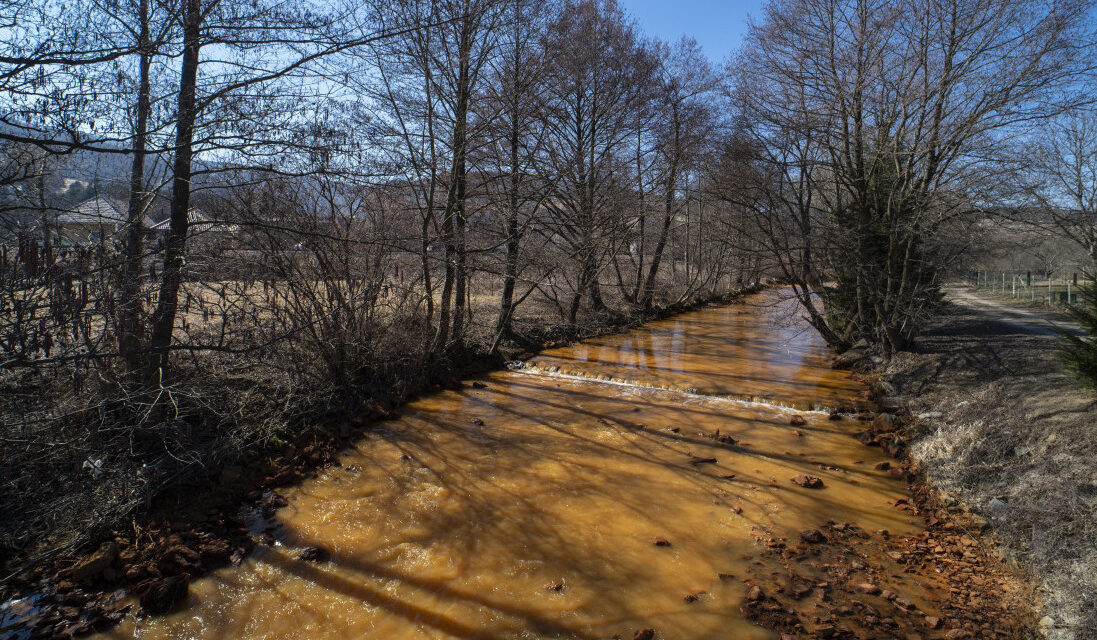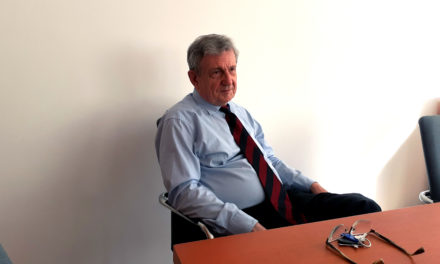Sajó is orange and rust-colored again, similar to the summer of 2022. It is forbidden to eat fish caught from Sajó, they contain arsenic.
infostart.hu portal wrote
Since the beginning of 2022, the mine water flowing from the iron ore mine in Alsósajó, containing a lot of iron compounds, as well as other dangerous heavy metals, nickel, manganese, zinc or arsenic, has been polluting the waters of the Sajó. They were able to reduce this for a while, but not stop the pollution completely.
While the Slovak government allocated 1.5 million euros to solve the problem at the beginning of June. Primarily to prevent the water from flowing to the lower levels of the mine, from where it comes back to the surface, already contaminated, and then into the Sajó.
It is said that the mine rescue service carried out a situation assessment in the mine in June, and in the past few days they have started the most urgent work. The ground is being prepared for concreting, the laying of pipes, and the construction of the dam has begun in Márta-tárna, the task of which will be to capture the polluted water, which will then be drained away.
To ma7.sk surgeon Tibor Varga, a board member of the Slovak Fishing Association's organization in Rozno, one of the activists fighting to save the Sajó, told ma7.sk that due to the relatively drier weather of the past period, the water level of the river is lower, and a few kilometers after the outflow, it is again orange and rust-colored the Sajó, similar to the summer of 2022. He added that the level of arsenic in the water also increased, which was also confirmed by the measurements of the state geological institute.
Overall, we can say that the situation is much worse now than a year ago,
he announced. It is true that the mine works were completed in 2022, which reduced the amount of water reaching Sajó by approximately 80 percent, to 2 liters per second. However, the situation has changed since then, this indicator has more than doubled and is constantly increasing, said Tibor Varga.
"I'm afraid that as soon as we manage to improve the indicators, even if it's not perfect, even if it's just a little better than before, they'll say that they've achieved a result, they've found a solution to the problem, and then everything will remain the same"
he added.
In any case, according to the article, the July 30 decree of the Rozsnyó Regional Animal Health and Food Safety Inspection prohibits the consumption of fish caught from the Sajó river in the section between the Alsósajó mine and the border of the Rozsnyó district. The justification: the amount of arsenic measured in fish "may pose a serious threat to human health".
Cover photo: MTI/Péter Komka













